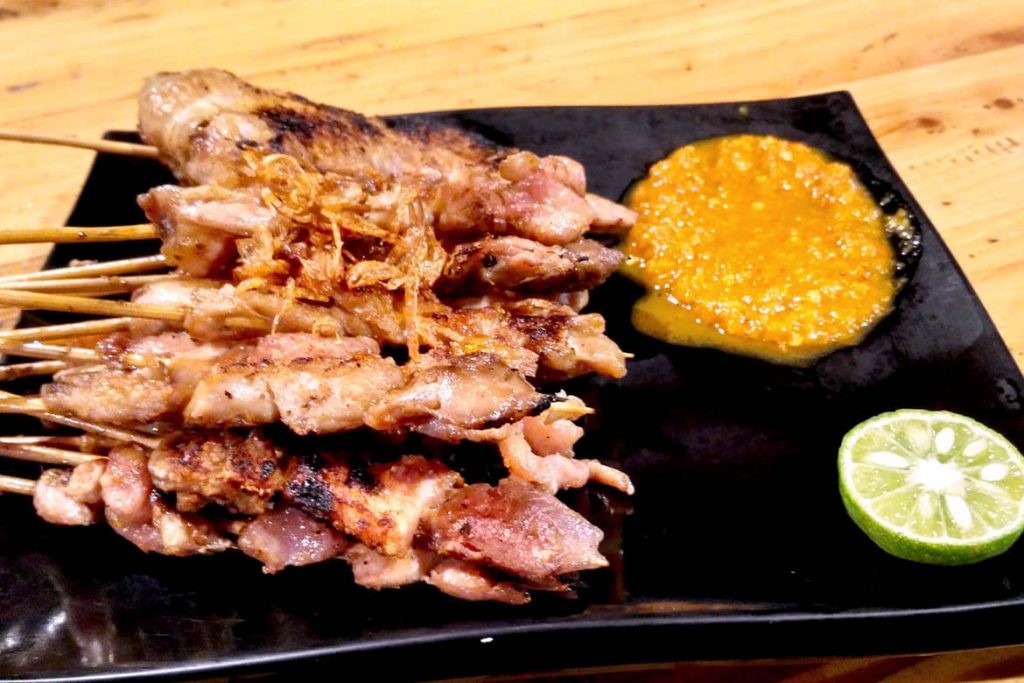Popular Reads
Top Results
Can't find what you're looking for?
View all search resultsPopular Reads
Top Results
Can't find what you're looking for?
View all search resultsHow a Japanese man gave Indonesian satay a twist
Change text size
Gift Premium Articles
to Anyone
I
ndonesian cuisine has a multitude of takes on satay – from sate Madura (Madura satay) and sate Maranggi (marinated beef satay) to sate klathak (mutton satay). More recently, the world of Indonesian satay welcomed a new entrant: sate Taichan, which is served with sambal.
Sate Taichan has its roots in the Patal Senayan area, where three satay hawkers offering this variety have made a name for themselves that lives on to this day. Their names are Bang Ocit, Bang Amir and Bang Heri, and their respective businesses are located not far away from one another.
People have fallen in love with sate Taichan for its unique flavor and distinctive seasoning, which explains the increase in the number of its vendors in town.
Read also: Jakarta's 2017 dining forecast: 4 trends to look out for
The recipe for sate Taichan was actually devised by a Japanese man who happened to stop by at one of the aforementioned satay joints in Senayan once upon a time. He asked to have the chicken meat coated with lime and salt, and, once grilled, served with sambal rather than peanut sauce or sweet soy sauce. This was a method of cooking satay unlike any other in Indonesia that you’ve ever seen or heard of. When the satay seller asked the Japanese national for the name of his peculiar skewered masterpiece, he replied, “sate Taichan.”
While your common chicken satay takes a while to grill, sate Taichan requires just three to five minutes of preparation. Perhaps this is due to the thinner slices of chicken used. Despite the short cooking duration, its insides would still be fully cooked once the dish is ready. Its savory taste comes from the lime and salt daubed on the meat.
What makes it more interesting is the slosh of sambal ulek rawit (bird’s eye chilli paste sambal) that accompanies sate Taichan, which offers a very different and very spicy sensation to one’s palate instead of the standard savoriness of peanut sauce or sweet soy sauce. You can ask the seller to either dip the satay into the sambal or have them served separately.
These days, sate Taichan is not just limited to chicken or beef, as a few purveyors have taken to serving shrimp, beef tongue and squid variants of the dish. Besides satay, you could also try gultik (curry rice). No, it is not short for “gulai itik” (“duck curry”); instead, it refers to “gulai tikungan”, or “bend curry” in English. According to a sate Taichan seller in Ampera, its name originates from the location of where it is sold, at a bend in some road. Unfortunately, the man did not know whether this referred to the celebrated gultik place at Blok M.
What we do know, though, is that sate Taichan has become a fixture worth celebrating in the culinary arena of Indonesia.
Explore more Indonesian cuisines here. (kes)












